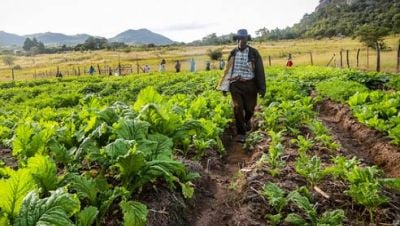Marginalising the Poorest
The case of Badowita, Sri Lanka

Download Report by Language
Document
ceciliatortajadabadowitacasestudy.pdf
(35.99 KB)
Citation
Tortajada, Cecilia. 2006. Marginalising the Poorest: The case of Badowita, Sri Lanka. New York.
Marginalising the Poorest
The case of Badowita, Sri Lanka
Posted on: January 01, 2006
The City of Colombo is the most important urban centre of Sri Lanka. It is not only the capital of the country, but also contains the heart of the country’s governmental machinery and institutions. It is also the commercial and intellectual capital of the nation. Like in other Asian countries, the urban growth in the Colombo Metropolitan Area has been very significant in the recent decades. This trend is likely to continue in the foreseeable future. As the metropolitan area has become the home of increasingly more people from all social and economic strata, and as the commercial and industrial activities have exploded, land has increasingly became a scarce and expensive commodity in this region. Consequently, low lying areas of the Colombo Metropolitan Area, which earlier had acted as a type of water retention ponds during high rainfall periods, became targets of sustained urban development. These marshy areas were steadily reclaimed, and as the extent of reclamation increased, the whole drainage patterns of the region changed, as have the prevailing ecosystems. In addition to the continuous reclamation of the low lands, for a variety of reasons (mainly poor maintenance and lack of funds), the canal systems of the area which used to drain excess water during the flood seasons, were silted up due to sedimentation, bank erosion, indiscriminate dumping of solid wastes, and other related reasons. All these developments, have contributed to more frequent, as well as more intensive flooding, in steadily increasing parts of the Greater Colombo area.

